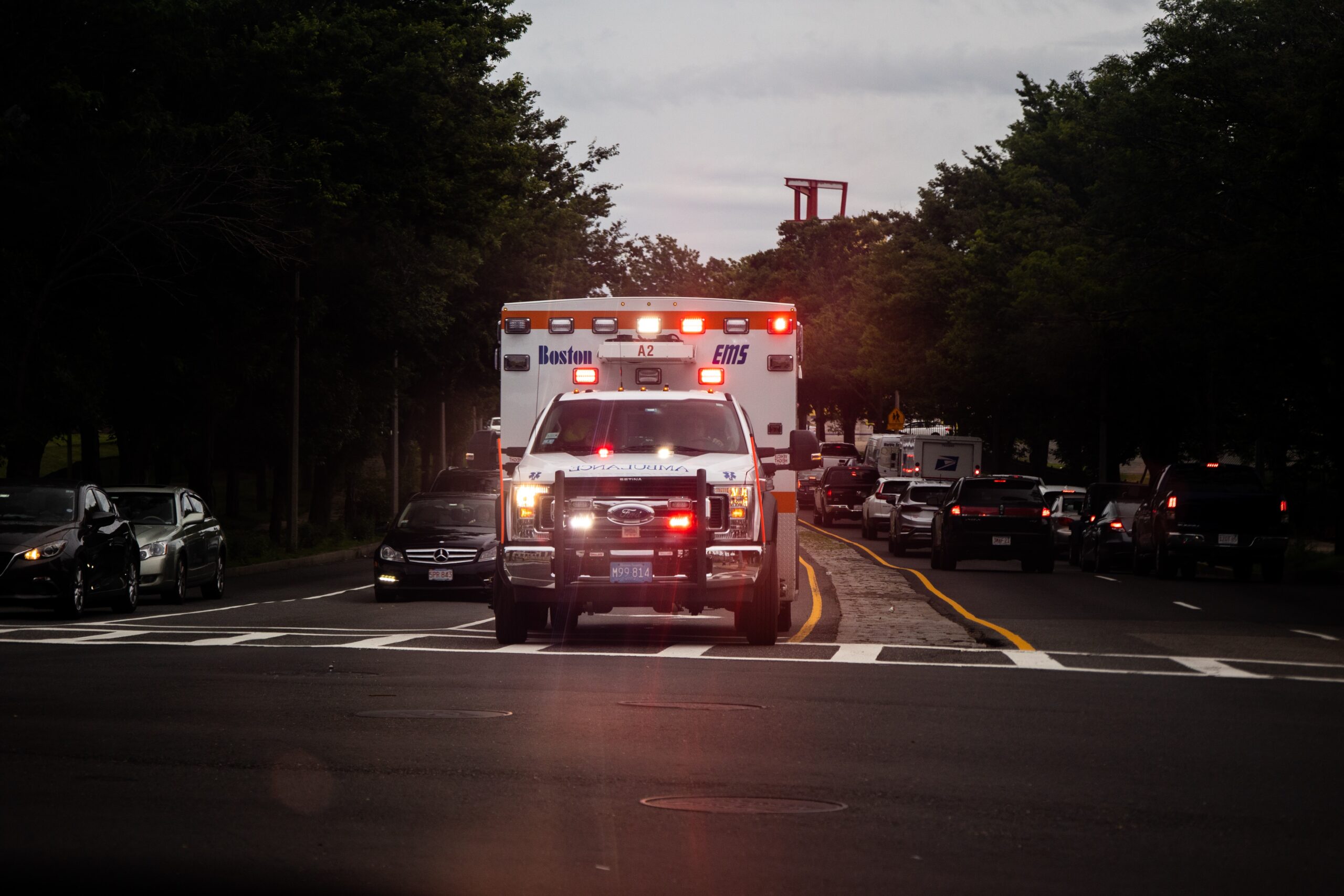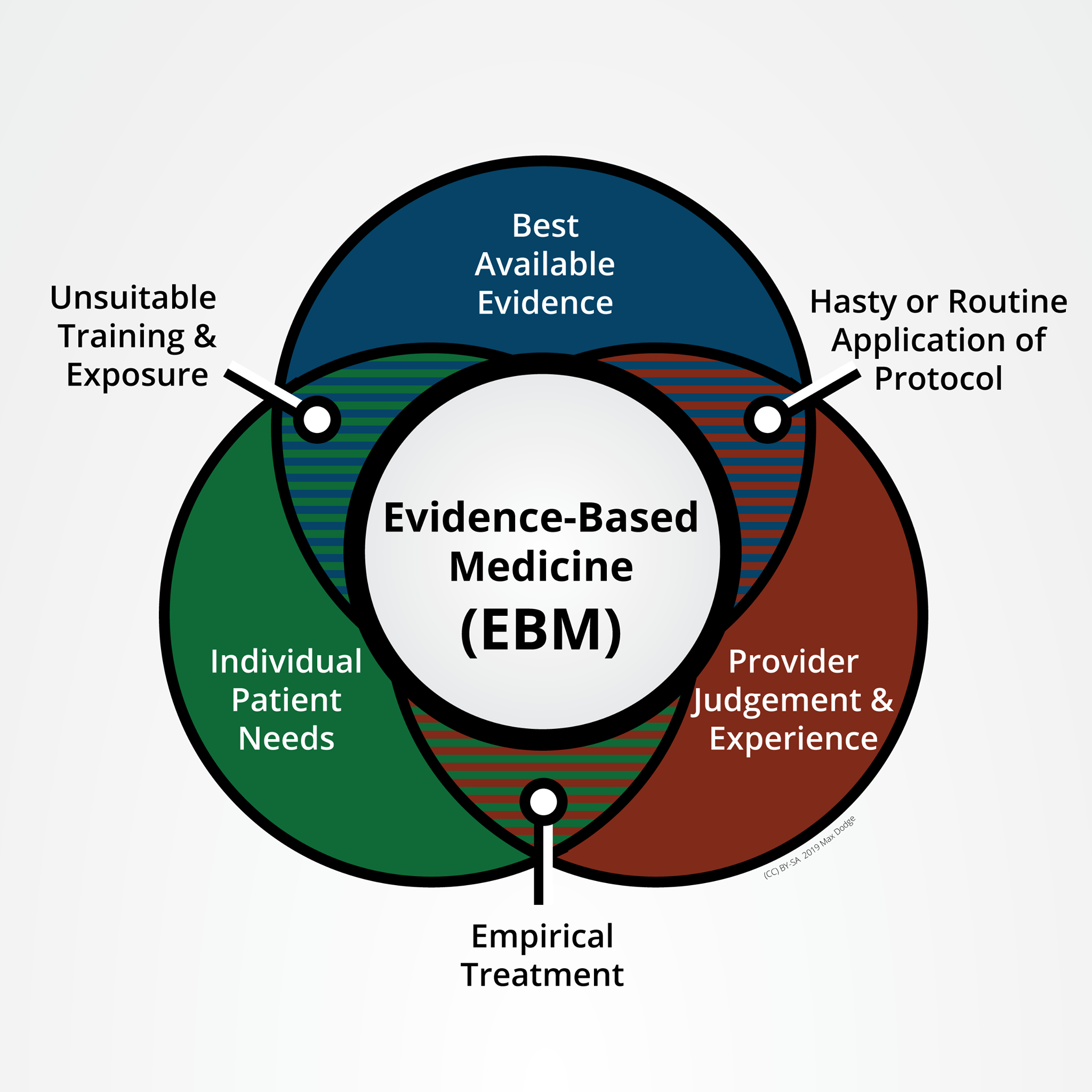EMS training and education in the United States typically involves completing a state-approved program, which can range from days to months, depending on the level of certification. The U.S. Department of Transportation (DOT) and the National Highway Transportation Safety Administration (NHTSA) define the scope of education for each level of EMS worker. The typical length of training for an EMT is between 110-190 hours. The typical length of a paramedic program is 1200-1800 hours. Around half of the accredited paramedic programs offer an associate degree as part of their training process. Currently, only two states require a degree for paramedic licensing.
The standards for preparing members of the EMS workforce to become educators were first released in 2002 and have not been updated in the intervening 21 years. (NHTSA, 2002) Many states do not link becoming an EMS instructor to any formal program of education or professional development based on the 2002 standards. The National EMS Advisory Council (NEMSAC) recommends that instructors at the paramedic level hold a college degree, but no states currently specifically require degrees to teach EMS. There have been many important advancements in the field of education in the last 20 years.
In comparison, most countries with advanced economies have more standardized and comprehensive training programs. For example, in the United Kingdom, all EMS providers must complete a two-year college-level education program or a two-year apprenticeship program to enter practice. The UK has a lower-level EMS worker role known as an Emergency Care Assistant, whose primary responsibilities center around aspects of emergency response not related to medical care. The training length for an ECA is six to nine weeks, more than twice as long as the U.S. EMT certification. Entry to practice options are partially funded by the government. Other members of the OECD have similar college or college-level education requirements as a minimum standard for certification and entry to practice. Other OECD countries have similar models with higher-level medical professionals with college degrees or formal multi-year apprenticeships paired with non-medical scene support personnel, also with extensive training.
College degrees are the sine qua non of the medical profession at all levels. The lack of a degree requirement for entry to EMS practice signals to prospective workers that EMS is not a legitimate medical profession.
Current State vs Desired State
Thanks to significant efforts by several national-level advocacy organizations and regulatory agencies over the last 20 years, EMS training and education are the most uniform they have ever been. However, there is still a high degree of variability in the education and training requirements between states and moderately low accountability for the quality of instructional delivery. The national EMS education standards, published by the NHTSA Office of EMS, offer little meaningful guidance to EMS instructors other than content coverage and do not reference any external standards or touchstones of medical science upon which instructors can base their lessons.
Poor instruction combined with geography results in limited access to quality education for prospective students, especially in rural areas. The increasing cost of education compounds the issue of access. Prospective EMS workers may be deterred by a lack of return on investment in education due to the low wages and toxic work environment.
In professions where a college degree is commonly required, like nursing or other allied health professions, the presence of a degree often contributes to the professional image and prestige associated with those roles. The absence of a degree requirement for EMS may lead to a perception that the profession is less academically rigorous or less prestigious compared to other healthcare professions. This lack of education may lead prospective workers to question the level of skill, knowledge, or clinical expertise they would command as EMS providers. As stated above, the absence of a degree requirement may impact career advancement opportunities within the EMS profession. The absence of degree requirements may make EMS less attractive to prospective workers who prioritize higher education and professional credentials. Those seeking careers in healthcare may opt for professions with higher education requirements, perceiving them as offering better career opportunities and potential for personal and professional growth. This can impact the ability of EMS agencies to attract and retain highly skilled individuals. Ideally, educational preparation for a job in EMS would involve comprehensive and specialized training programs leveraging clinical exposure and simulation-based learning based on clearly defined national educational standards and student outcomes. EMS education should prepare students for the demands of the profession and provide clear career pathways and advancement opportunities in a wide range of specialties related to the out-of-hospital delivery of emergency medicine, mobile integrated health, and public health. Education should include a post-graduate residency period where EMS providers are mentored while their education continues in a supervised and supported manner, like the training of resident physicians.
EMS training and education suffer from the absence of national standardization. Unlike some other healthcare professions, EMS does not have a consistent, universally accepted set of national standards that dictate the curriculum, competencies, and educational requirements. This lack of standardization can result in significant variations in the content, depth, and quality of EMS training programs across different regions and educational institutions.
The variability in regulatory frameworks across jurisdictions also contributes to the inconsistency in EMS training and education. Each state or region may have its own licensing requirements, certification processes, and scope of practice guidelines for EMS providers. This lack of national consistency can lead to confusion and challenges for prospective workers who may need to navigate different regulatory frameworks if they relocate or seek employment in different jurisdictions. It can also result in discrepancies in educational requirements and competencies expected of EMS providers, further contributing to the perception of variability in training quality.
From the perspective of prospective workers, the low standards and variability in EMS training and education can create uncertainty about the quality and effectiveness of educational programs. Prospective EMS providers may have concerns about the consistency of educational content, the level of hands-on training, and the alignment of educational outcomes with industry expectations. These factors can influence their decision-making process when considering EMS as a viable career option, as they seek assurance that their educational investment will lead to the acquisition of the necessary knowledge and skills required for competent practice.
The diverse nature of the EMS workforce, including differences in educational backgrounds and career pathways, adds to the complexity of establishing standardized training and education. EMS attracts individuals from various educational and professional backgrounds, including those with no prior healthcare experience and those transitioning from other healthcare professions. Accommodating this diversity while maintaining consistent training standards can be challenging, as it requires addressing the unique educational needs and competencies of different cohorts of EMS learners.
Interventions for EMS Training and Education
Developing and implementing national standards for EMS training and education is a foundational step toward EMS becoming a respected profession. This involves establishing consistent curriculum guidelines, competency frameworks, and certification requirements across jurisdictions. National standardization ensures that all EMS providers receive a uniform level of education and training, regardless of their geographical location.
Interventions focused on national standardization in EMS training and education can have a significant impact on improving the consistency and quality of EMS programs across the country. The following is a proposed path toward this end.
Development of National Core Competencies
A foundational first step in national standardization is the identification and development of core competencies that all EMS providers should possess. This involves a comprehensive analysis of the knowledge, skills, and abilities required for effective EMS practice. National organizations, regulatory bodies, and subject matter experts can collaborate to define these core competencies, ensuring they reflect the evolving needs of the EMS profession.
This process is already performed by the National Registry of Emergency Medical Technicians on a 5-year basis as part of their EMS Practice Analysis. This process was last performed in 2019, but the results have not yet been published at this time. The development of a set of National EMS Core Competencies should be performed by the same agencies that are responsible for the current National EMS Education Standards, a scoping document published by NHTSA’s Office of EMS on a 10-12 year basis.
Standardized Curriculum Framework
Once the core competencies are established, the development of a standardized curriculum framework would be greatly beneficial. This framework would outline the specific topics for each level of provider, learning objectives matched to the level, and common instructional strategies that could be included in EMS education programs. The framework should provide flexibility for educational institutions and instructors to adapt to local needs while ensuring consistency in core content and skills.
Along with the development of a curriculum framework, some much-needed attention should be paid to an update of the 2002 National EMS Guidelines for Educating EMS Instructors. The 2002 guidelines were beneficial when they were first published but have since fallen out of date with the many advances in our understanding of teaching and learning.
Certification and Accreditation Standards
National standardization should include the development of certification and accreditation standards for EMS education programs. These standards establish the criteria that educational institutions must meet to ensure quality and adherence to national guidelines. Certification bodies can evaluate and approve programs based on these standards, providing assurance to employers and the public that graduates have met the necessary requirements.
Currently, EMS education programs are state-approved and vary considerably throughout the nation and sometimes within a state. A national standard for the minimum training resources, instructional delivery, and evaluation of outcomes would allow for a more consistent educational experience while still allowing for programs to exceed the standards to achieve excellence.
Regulatory Oversight and Enforcement
Effective regulatory oversight is essential to ensure compliance with national standards. Regulatory bodies should be established or empowered to monitor EMS education programs, conduct regular evaluations, and enforce compliance with the established guidelines and standards. This includes reviewing curricula, evaluating instructor qualifications, and assessing program outcomes to ensure ongoing quality improvement.
Along with the accountability that comes with oversight, we must establish and expand the EMS education community of practice to fully achieve the hallmarks of professionalism. To wit, the self-governance, self-advocacy, and self-regulation that are seen in other professions.
Collaboration and Stakeholder Engagement
National standardization efforts require collaboration and engagement among stakeholders, including educational institutions, regulatory bodies, professional associations, and EMS providers. Many paramedic programs already partner with 2- and 4-year colleges as part of their accreditation requirements. The National Association of EMS Educators already provides several key resources for the engagement of the professional community of EMS instructors.
Regular communication and collaboration can foster consensus-building, knowledge-sharing, and the exchange of best practices. Stakeholder input should be sought throughout the standardization process to ensure the guidelines and standards reflect the diverse perspectives and needs of the EMS community.
Professional Development and Continuous Improvement
National standardization should prioritize ongoing professional development and continuous improvement in EMS education. This can be achieved through the development of mechanisms for instructor training and certification, as well as opportunities for educators to engage in professional development activities. Regular review and revision of national standards should be conducted to incorporate advancements in research, technology, and evidence-based practices.
As was mentioned above, there is no current set of guidelines to inform the delivery of a program of study related to modern evidence-based practice in EMS education. EMS education currently experiences what Dr. Preston Cline described as the indigenous training cycle, where EMS providers return from practice to then instruct the next generation of providers. Missing from this practice-to-classroom cycle is any formal instruction on quality education. An updated set of core competencies in EMS education coupled with a curricular framework for the delivery of an EMS Educator certification would go a long way toward enhancing the overall quality of EMS education in the United States.
EMS education is in need of an intervention. The proposed interventions above will result in greater consistency, quality, and alignment across educational programs, leading to better-prepared EMS providers who can deliver high-quality care to patients. Standardization also enhances the perception of EMS as a viable occupation to prospective workers.


